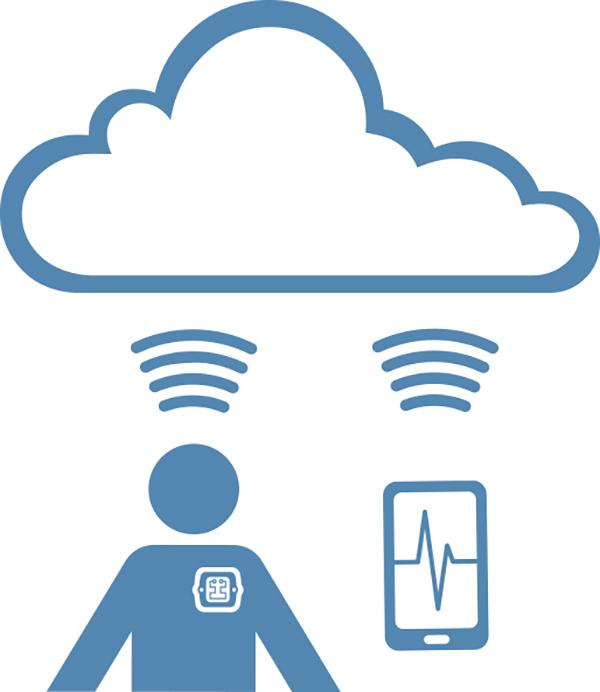
Can Technology be an Equalizer? Using Innovation to Tackle Healthcare Disparities
Combining imaging technology with artificial intelligence can help address both challenges in healthcare disparities as well as in patient care.

Combining imaging technology with artificial intelligence can help address both challenges in healthcare disparities as well as in patient care.

A review of the top six reasons there has been a dramatic increase in the adoption of remote care among seniors.

The pandemic forced patients and providers to rely on telemedicine, a change that has had a significant impact on the course of care. Experts discuss what can be accomplished with virtual care and what this means for the potential of medical devices.

The short answer is yes, but doing your homework in advance is now more important than ever.

Outdated policies and regulations threatens to bring progress to a standstill, restrict vital telehealth access to millions of Americans, and exacerbate health inequities.

Blockchain technology helps support the goal of decentralizing the healthcare sector and providing patients with the information they deserve about their own healthcare data.

There is significant opportunity to develop therapies that create new standards of care and initiate a new wave of precision medicine.

Fueled by the need to provide quality care during a global pandemic, healthcare stakeholders are acting quickly to identify new opportunities and overcome challenges.

Five steps to better protect providers, medtech companies, their networks, data and patients from a cyberattack.

A global pandemic is still upon us, but that certainly does not mean that healthcare technology innovation is standing still. To help the medical device industry look to the future and prepare, experts from regulation and academia alike are bringing attention to the acceleration and pitfalls of innovation.